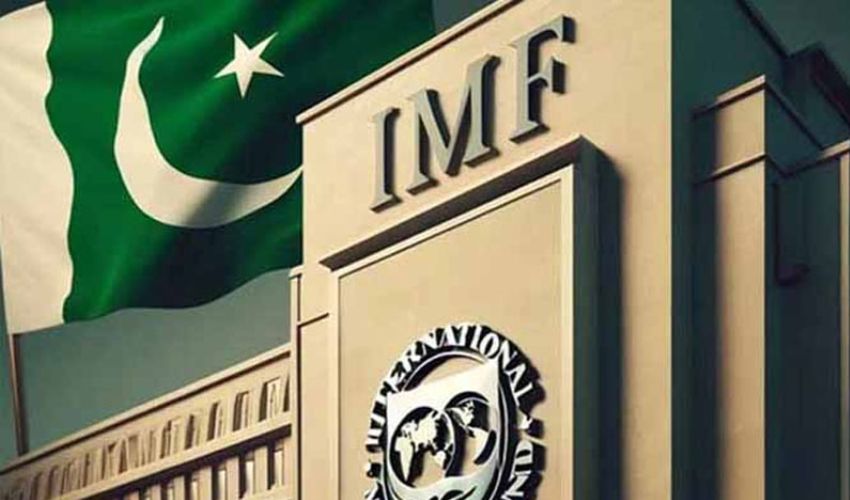Global debt has surged to an unprecedented $307 trillion during the second quarter of this year, according to a report by the Institute of International Finance (IIF).
This surge, driven primarily by the United States (US) and Japan, marks an increase of $10 trillion in the first half of 2023 and a staggering $100 trillion over the past decade.
The IIF report reveals that the global debt-to-GDP ratio has risen for the second consecutive quarter, now standing at 336%.
This reversal comes after seven quarters of declining debt ratios. Slower economic growth and reduced inflation rates are attributed to this rise.
The sharp drop in the debt ratio over the past two years was mainly influenced by a sudden rise in inflation. However, with inflationary pressures easing and wage and price growth moderating, the IIF anticipates the debt-to-GDP ratio to surpass 337% by year-end.
Developed nations have contributed significantly to this debt surge, with over 80% of the increase originating from countries like the United States, Japan, Britain, and France.
Among emerging markets, China, India, and Brazil witnessed the most substantial increases in debt.
The IIF cautions that higher interest rates and increased debt levels will strain government interest expenses, leading to domestic debt challenges.
The report highlights that household debt-to-GDP ratios in emerging markets remain above pre-COVID-19 levels, particularly in China, Korea, and Thailand. Conversely, mature markets have seen this ratio drop to its lowest point in two decades during the first half of 2023.
As inflationary pressures persist in mature markets, particularly in the United States, household balance sheets are expected to provide some protection against further rate hikes, according to the IIF.




























